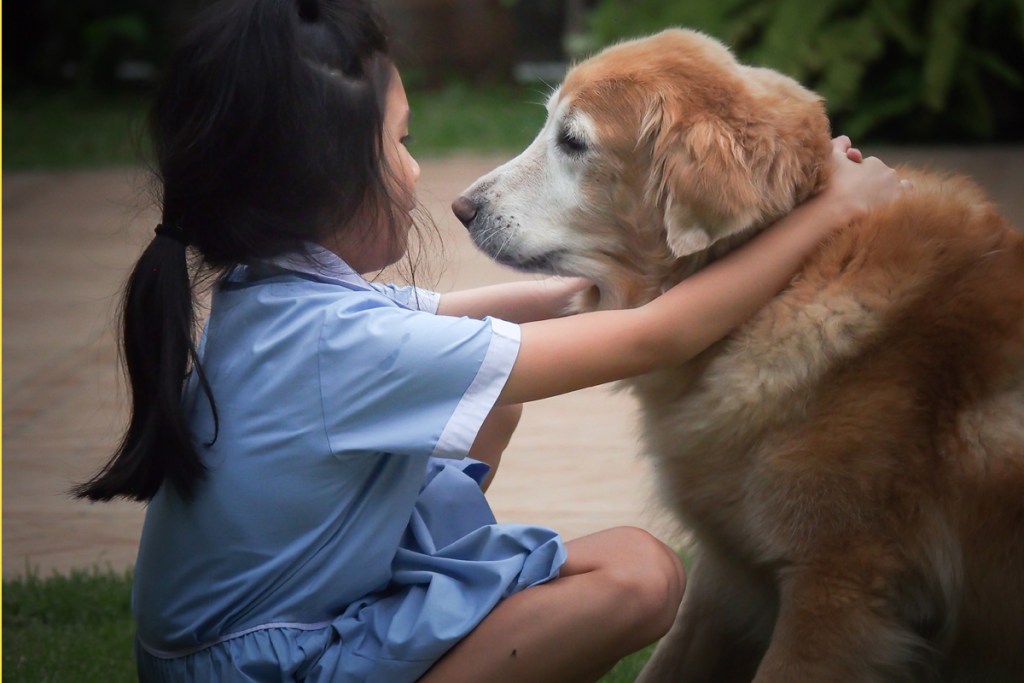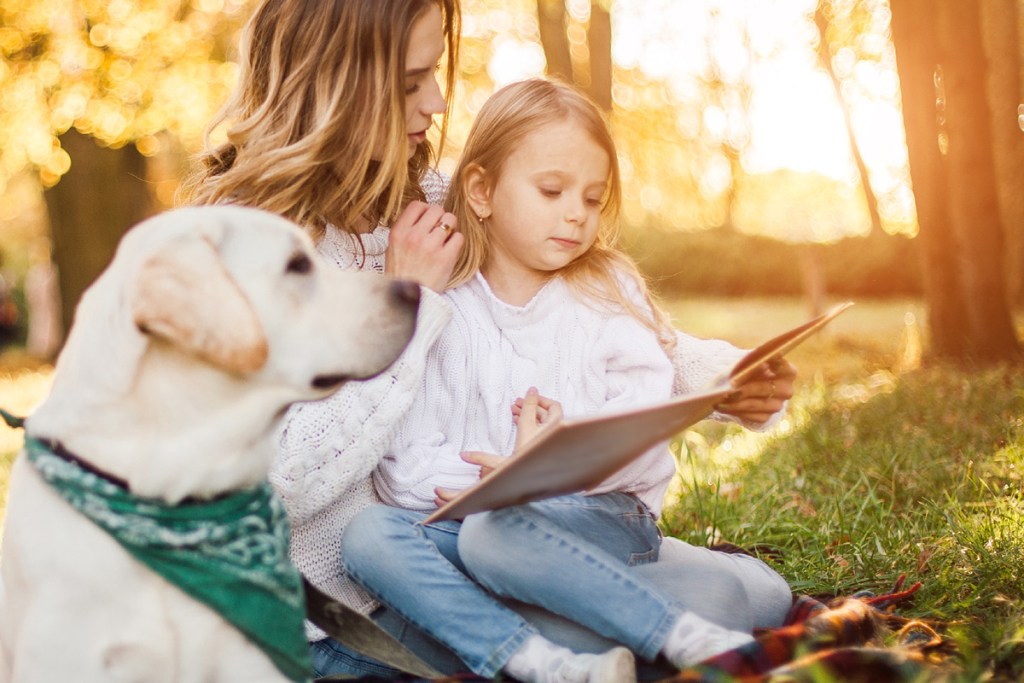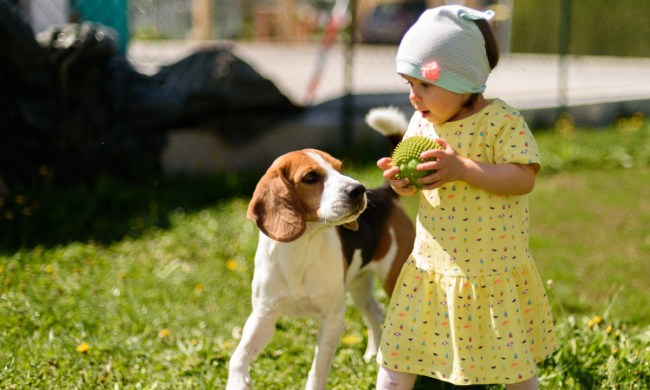Many people vividly remember the loss of a beloved childhood pet. In fact, the loss of an animal companion is often a child’s first experience with death. Grief experts say that parents and other adults should respect a child’s feelings about the loss of an animal companion whether that’s the family dog or the child’s fish, hamster, or pet mouse. Children grieve differently from adults, and their grief will look different depending on their age, but all children need help and support to deal with their loss. Following are tips on what to do when a child’s pet dies.
Be honest
Social workers at the American Medical Center-NYC (AMC-NY) say parents should be honest about a pet’s death or euthanasia. Children are literal, and telling them that a pet is being “put to sleep” can be scary and confusing. A child may be afraid to go to sleep in case they don’t wake up just like their pet. Some adults avoid speaking about the death of a family pet by telling children the dog ran away or that the dog has gone to live on a farm where he will be happier. This is painful for children who don’t understand why their best friend would run away or why their parents would betray them by giving away their animal companion. It’s much healthier to tell a child the truth and then help them cope with the loss.

How to help children understand euthanasia
Grief counselors at the American Kennel Club advise speaking with children about euthanasia before it happens. For example, telling the child that the family is going to help the pet die because they don’t want him to suffer. Letting them know that euthanasia will help stop the pain the pet is feeling. Parents often struggle with whether they should allow children to be present when a pet is euthanized. This depends on the circumstances, says Alicia Harris, a veterinarian and founder of Compassionate Heart Veterinary Care, which provides gentle euthanasia for pets in the comfort of their homes. If the child is well supported and wants to be present at the end of a pet’s life, Harris believes their request should be honored. According to Harris, until the age of 7 or 8, children have an “untainted view of death and don’t really understand its permanence.” Parents should be prepared for younger children to repeatedly ask “ghoulish questions” about the circumstances surrounding a pet’s illness, euthanasia, or body care. Asking these questions helps them understand the death of their animal companion.
Stick to a routine after the loss of a pet
Experts say that while children might not seem to be significantly impacted by the loss of their pet, parents should be watchful for any behavioral issues. Many children grieve in random bursts or through play. Be alert for signs of irritability, regression such as wetting the bed after being potty trained, or dwelling on certain aspects of the death story. Sticking to a routine can help children through this uncertain time in their lives. As much as possible, AMC-NY experts advise, stick to your usual times for meals, getting up and going to bed, and school and day care schedules.
Help your child through their grief
Parents can help children deal with their grief by providing a supportive environment and serving as a model when it comes to grieving. The AMC-NY offers the following tips:
- If your child is school-age or younger, share with teachers or other adults in your child’s life that your family is grieving the loss of an animal companion.
- Be open with your child about how you’re dealing with the loss of the family’s animal companion. Let your child know that it’s OK to feel sad, angry, shocked, or lonely.
- Read a book about pet loss with your child. Be sure to read the book first yourself so you’re prepared for any emotions or questions that might come up. Recommended books include When a Pet Dies, by Fred Rogers, and Healing Your Grieving Heart for Kids, by Alan D. Wolfelt, Ph.D.

In addition to helping children understand death, the grieving process after a pet dies can teach children how to cope with other losses throughout their lives. Parents can help in the process by suggesting that the family create a pet memorial garden or put together a scrapbook with favorite pet photos. The Rainbowbridge.com offers a link to I Miss My Pet: A workbook for children about pet loss. The book allows children to work through their grief while reassuring them that their feelings are important and respected.



